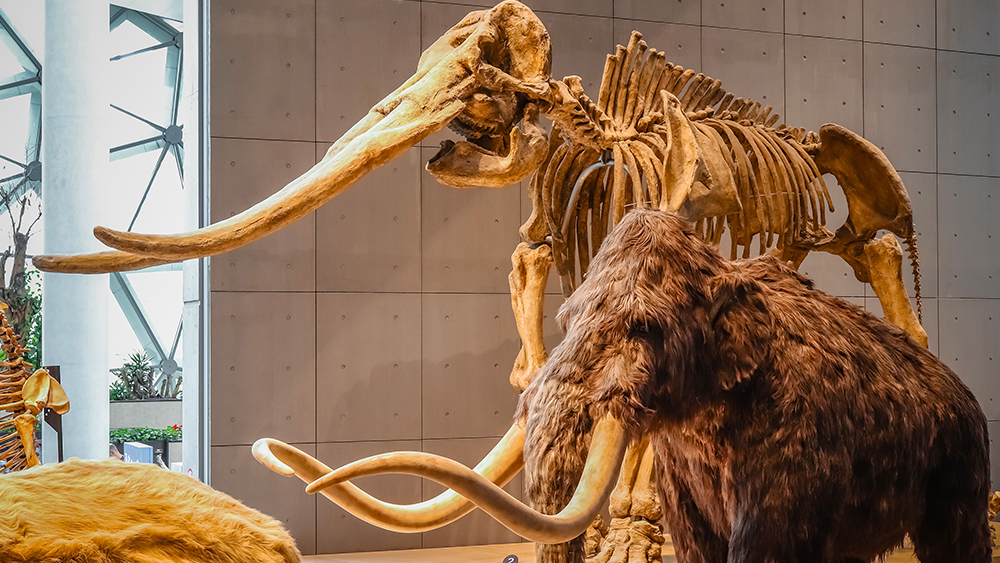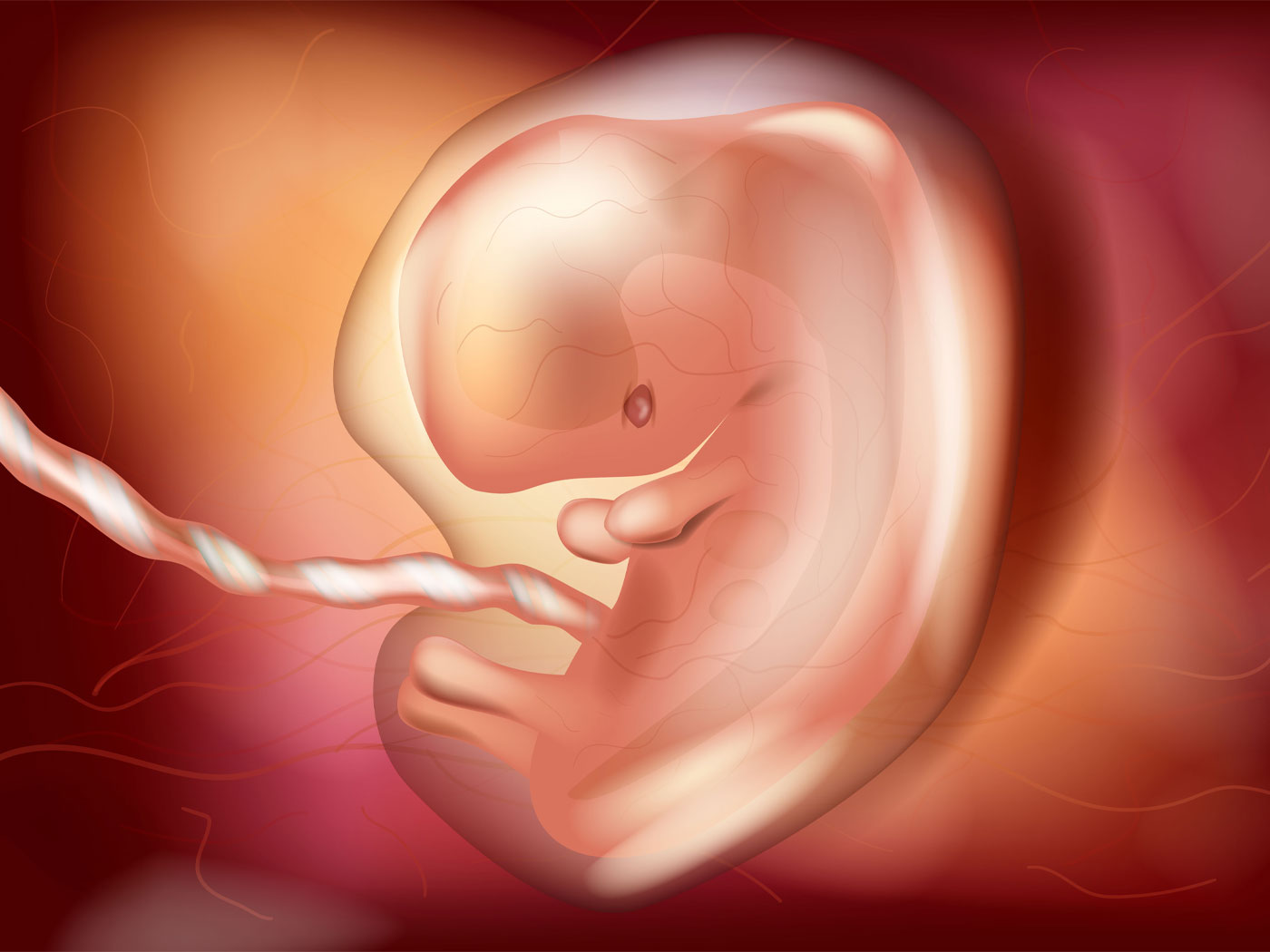A new technical report focusing on antibodies from Medieval human teeth also reported the discovery of antibodies from inside a wooly mammoth bone.1 Radiocarbon dating methods pinned tens of thousands of years to the mammoth fossil. Antibodies are relatively small proteins found in all kinds of body tissues. They contain a particular bond that should not last for eons. It seems that we lack some understanding either of antibody decay or of radiocarbon age-dating. Or is it both?
In a stunning result, the team extracted the antibodies from mammoth bone and watched them bind antigens. Despite their apparently great age, these tiny proteins still retained enough of their structure to do their jobs. Antibodies only work if they have a particular chemical bond between two sulfur atoms, called a disulfide bond.
To make this bond, two cysteine amino acids within the strand-like protein come together and oxidize into one cystine. Cystines pin together distant parts of the molecule, sort of like a belt buckle. So what? Well, all this particular chemical bond (cystine) needs to decay is some spare electrons.2 What could possibly have kept such subatomic particles from interacting with these long-buried biochemicals?
One foundational study found that most of the cystines’ disulfide bonds had broken at high temperature over a two-day period.3 Lower temperatures merely prolong the inevitable chemistry. But for how long?
The mammoth antibody study authors wrote, “A-based affinity chromatography also revealed purified antibodies migrating on non-reducing western blot at ~150 kDa (see Figure S2B), consistent with the presence of preserved whole antibodies into deep time in calcified tissues other than teeth.”1 However, no studies show that “preserved whole antibodies” can keep their cystines that long, even while frozen in permafrost. Their result seems consistent with deep time only after assuming the very deep time they concluded. Their conclusion also seems to leapfrog some biochemistry.
These mammoth antibodies look too young to be that old.
So, could the radiocarbon “age” be too old? Radiocarbon experts have wrestled for decades over what they call “offsets” between younger archaeologically-determined ages and older radiocarbon age assignments for the same artifacts.
For example, after a lifetime of trying to resolve systematic offsets at particular dig sites in Egypt, Manfred Bietak wrote in his book Radiocarbon and the Chronologies of Ancient Egypt that “…the radiocarbon results from Tell el-Dab’a show an average offset of 120 years. The dates are too high.”4 He then cited examples of bloated radiocarbon results for other sites, including Egypt, Cyprus, and the Aegean region.
Bietak then wrote, “The offset seems to be a wider eastern Mediterranean phenomenon which can be recognized by a network of imports and exports all over the area.”5 If this offset is in fact worldwide, and if carbon “ages” keep inflating with ever-older artifacts, then the mammoth’s antibodies may be much younger than their radiocarbon result indicated. After all, Carbon-14 dates rely on the atmospheric ratio of C-12/C-14 in the past, which no one knows.
Still-fresh antibodies in this fossil combined with bloated radiocarbon dates cast fresh doubt on any radiocarbon “ages” for this mammoth bone. Meanwhile, the historical records in the Bible do not suffer from the same unknowable assumptions that plague attempts at building history based on fickle decay processes. In the Bible’s timeline, these mammoths would be no older than Noah’s Flood, about 4,500 years old. That would help explain why they still have antibodies that work.
References
- 1. Shaw, B. et al. 2023. Preservation of whole antibodies within ancient teeth. iScience. 107575.
- 2. Cystine undergoes a reduction reaction whereby electrons break the S-S bond.
- 3. Routh, J. I. 1938. The Decomposition of Cystine in Aqueous Solution. Journal of Biological Chemistry. 126:1: 147-154.
- 4. Bietak, M. 2013. Antagonisms in Historical and Radiocarbon Chronology. In Radiocarbon and the Chronologies of Ancient Egypt, A.J. Shortland and C. B. Ramsey, Ed.’s. Oxbow Books: Oxford, UK., 77.
- 5. Ibid, 94.
* Dr. Brian Thomas is Research Scientist at the Institute for Creation Research and earned his Ph.D. in paleobiochemistry from the University of Liverpool.





















